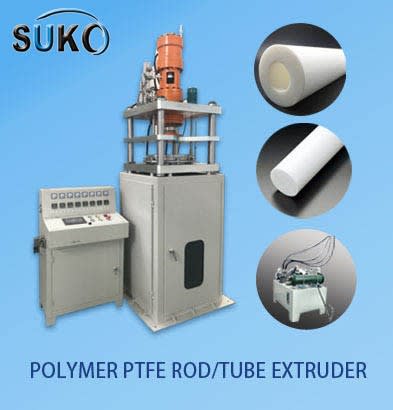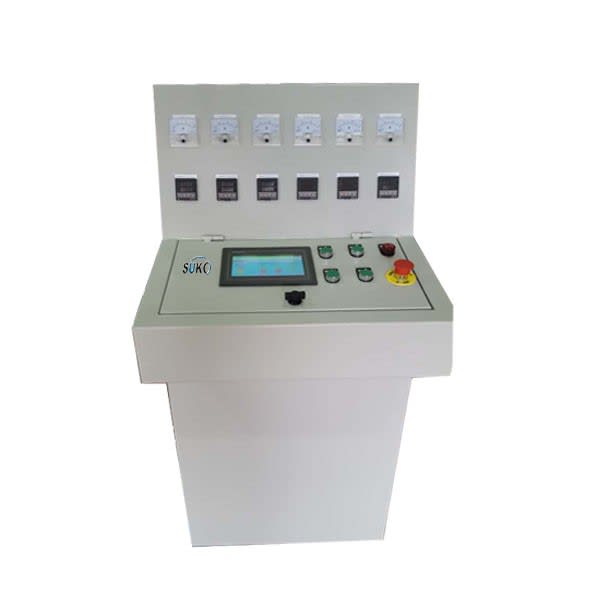I. What is the PFA?
The English name of PFA is Polyfluoroalkoxy, or tetrafluoroethylene perfluoroalkoxyethylene ether copolymer (perfluoroalkylate, soluble polytetrafluoroethylene).PFA resin is relatively new fluoroplastic that can be processed by melting. PFA, FEP and PTFE have similar chemical properties, but FEP can only be used below 200 degrees, and PTFE cannot be injected. 【this resource was first published by China fluoroplastics network.】
1. Specific gravity: 2.13-2.167g/cubic centimeter
2. Molding shrinkage rate :3.1-7.7%
3. Molding temperature: 350-400℃
4. The melting point of PFA is about 580F and the density is 2.13-2.16g /cc (g/ cubic centimeter).
II. Features and main USES of PFA
PFA, commonly known as fusible PTFE, is the crown of fluoroplastics with various properties and USES similar to FEP.Widely used in semiconductor industry, as well as medical, chemical corrosion protection, automotive and other fields.
PFA products include granular products for molding and extrusion, and powdery products for rotating molding and coating.Its semi-finished products are membrane, plate, rod and pipe.PFA resin distributed in the American market includes Teflon of DUPOut, Neoflon of Daikin, Hthen of Ansimont and Hostafl of HOechst Celanese.
1. Main USES of PFA:
(1). Suitable for making corrosion resistant parts, wear - resistant parts, seals, insulation parts and medical equipment parts.
(2). High temperature wire, cable insulation layer, anti-corrosion equipment, sealing materials, pump valve bushing, and chemical containers.
2. Molding performance
(1). Crystallization material, small moisture absorption.Products may be processed by the usual thermoplastic processing method.
(2). Poor liquidity, easy decomposition, decomposition produced corrosion gas.It is advisable to strictly control the molding temperature not to exceed 475 degrees, the mold should be heated to 150-200 degrees, the pouring system should have little resistance to the material flow.
(3). Translucent granule, injection molding, extrusion molding.Forming temperature 350-400 degrees, 475 degrees above easy to cause color or bubble.And notice that it's harder to get out of the mold.
(4). Because the molten material on the metal corrosion effect, long-term production, the mold needs to electroplate chromium treatment.
3. Material performance
1. PFA is a copolymer of a small amount of perfluoropropyl perfluoroethylene ether and polytetrafluoroethylene.The melt bond is increased, the solution viscosity is decreased, and the performance is not changed compared with ptfe.The resin can be processed into products directly by ordinary thermoplastic molding.
2. long-term use temperature -80- 260 degrees, excellent chemical corrosion resistance, corrosion resistance to all chemicals, friction coefficient in the lowest plastic, and very good electrical performance, its electrical insulation is not affected by temperature, "plastic king" said.
3. Its chemical resistance is similar to ptfe and better than vinylidene fluoride.
4. Its creep resistance and compression strength are better than ptfe, with high tensile strength and elongation up to 100-300%.Good dielectric property, excellent radiation resistance.
5. non-toxic: with physiological inertia, can be implanted in the human body.













